We put the Poco F4 GT through our rigorous DXOMARK Audio test suite to measure its performance both at recording sound using its built-in microphones, and at playing audio back through its speakers.
In this review, we will break down how it fared in a variety of tests and several common use cases.
Overview
Key audio specifications include:
- Quad speaker system (dual tweeters and dual woofers)
- No jack
- Three microphones
- Hi-Res Audio and Dolby Atmos
Scoring
Sub-scores and attributes included in the calculations of the global score.
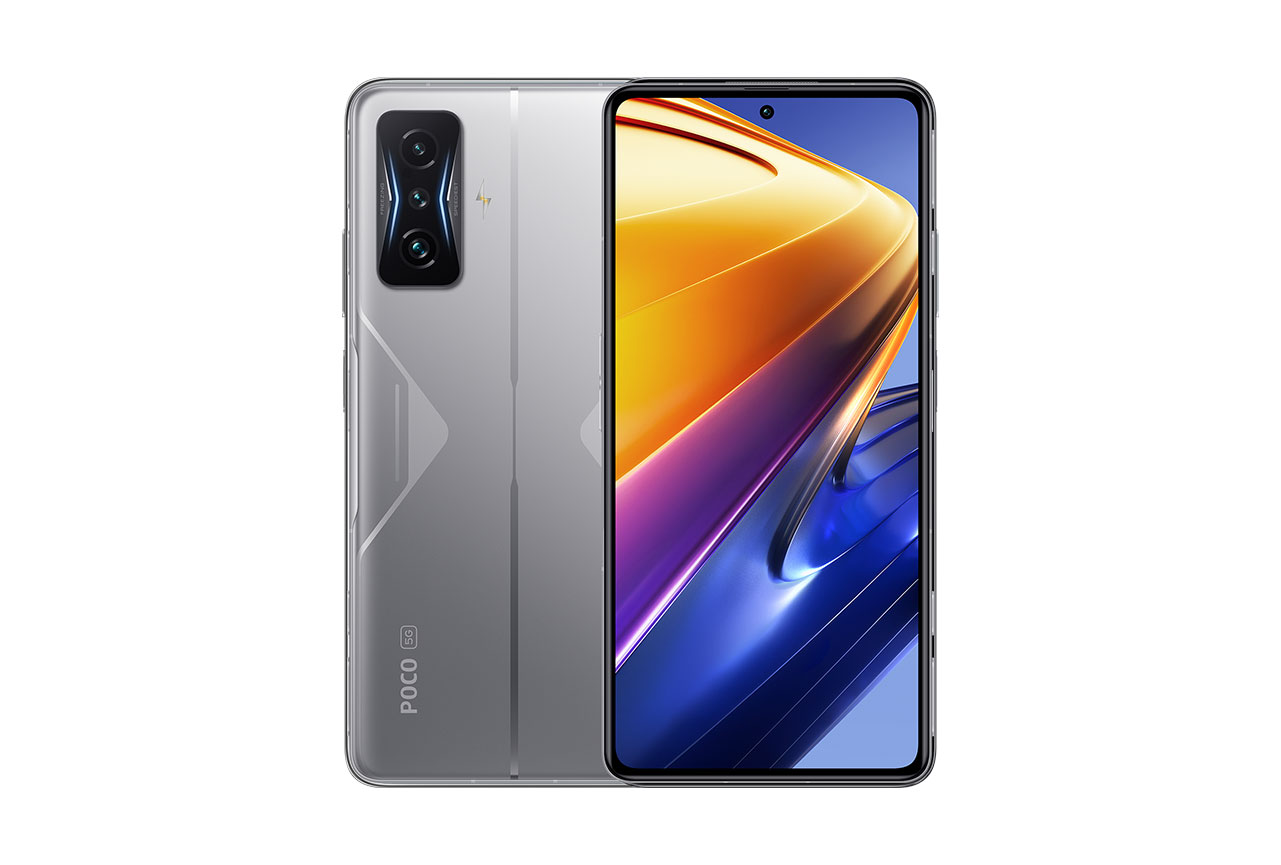
POCO F4 GT


 76th
76th 7th
7thPlayback
Cons
- Inconsistent midrange
- Stereo fails to follow rotation when watching movies
Recording
Pros
- Good tonal balance in all use cases
- Precise envelope and good SNR.
- Almost no artifacts
Cons
- Lack of sub and high mid centric tonal balance loud environments.
- Mono recording in selfie video.
The Xiaomi Poco F4 GT is the newer and upgraded version of the K40 Gaming smartphone from the Chinese giant. The Poco F4 GT has the newest and most powerful Snapdragon chipset, the 8 Gen 1, “hyper” fast battery charging, and it’s aimed directly at gamers, with a “CyberEngine” vibration motor, shoulder triggers, and four speakers to produce the sound.
In our audio testing, the Poco F4 GT made a slight improvement over its predecessor in its playback performance, but made big strides forward as a recording device, improving to an overall recording score of 68 from a 59. The F4 GT proves quite deft as a recording device, from the audio produced in its video apps to its basic recording app. Though it is worth noting that it records in mono in selfie video. The device produces good tonal balance and dynamics across use cases.
In playback overall, the F4 GT stands in average-to-good territory, with no major flaws. Its score in artifacts, however, was exceptional, matching the top mark in our database. It could use a little more high-end and low-end extension to give its timbre more range, but again, overall it produces decent tonal balance. The score for dynamics was better than average, and in the spatial attribute, the stereo wideness was notably good.
Test summary
About DXOMARK Audio tests: For scoring and analysis in our smartphone audio reviews, DXOMARK engineers perform a variety of objective tests and undertake more than 20 hours of perceptual evaluation under controlled lab conditions.
(For more details about our Playback protocol, click here; for more details about our Recording protocol, click here.)
The following section gathers key elements of our exhaustive tests and analyses performed in DXOMARK laboratories. Detailed performance evaluations under the form of reports are available upon request. Do not hesitate to contact us.
Playback
POCO F4 GT
163
DXOMARK engineers test playback through the smartphone speakers, whose performance is evaluated in our labs and in real-life conditions, using default apps and settings.
Overall, the Poco F4 GT is a solid performer in playback, with a decent tonal balance that has better than average bass, a plus for gaming sound effects. It could use more high- and low-end, however. At max volume, the low midrange tends to resonate, and the treble becomes quite aggressive. In the dynamics attribute, the F4 GT manages to reach a great loudness without impairing the quality — the low end is preserved in a way that many other devices fail to match. Punch is also very good at max volume. The actual sound level at max volume, however, is average. The minimum volume step is usable. In the spatial attribute, the device produces great stereo wideness, a plus for gamers. There are no discernible artifacts produced by this device, and its score here is exceptional.
Here is how the Poco F4 GT performs in playback use cases compared to its competitors:

Timbre
POCO F4 GT
158
The Timbre score represents how well a phone reproduces sound across the audible tonal range and takes into account bass, midrange, treble, tonal balance, and volume dependency. It is the most important attribute for playback.

Dynamics
POCO F4 GT
149
The Dynamics score measures the accuracy of changes in the energy level of sound sources, for example how precisely a bass note is reproduced or the impact sound from drums.
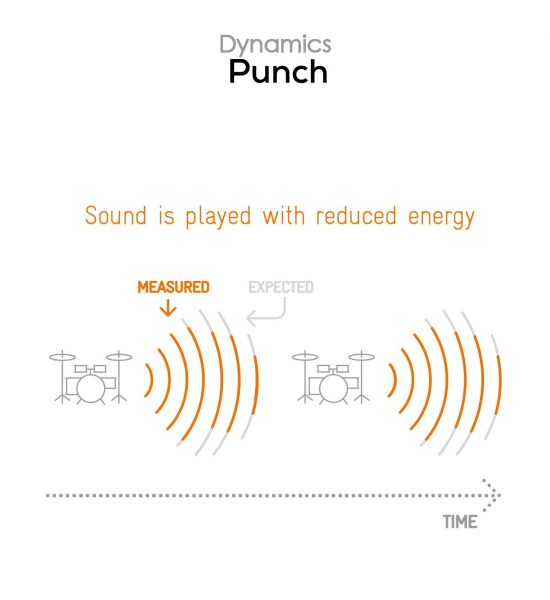


Spatial
POCO F4 GT
162
The sub-attributes for spatial tests include pinpointing a specific sound's location, its positional balance, distance, and wideness.

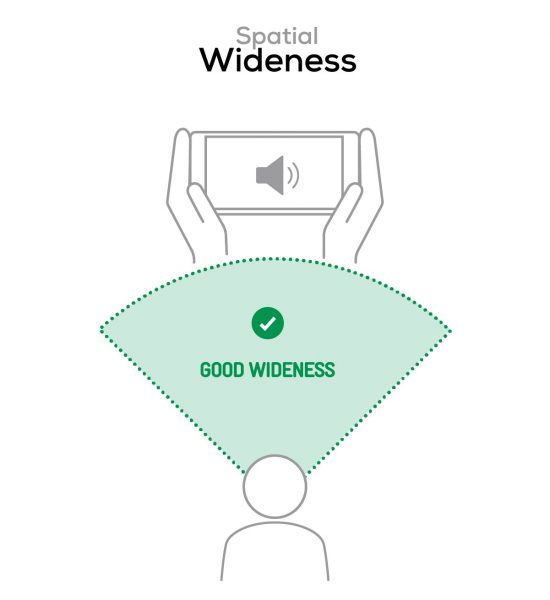

Volume
POCO F4 GT
162
The Volume score represents the overall loudness of a smartphone and how smoothly volume increases and decreases based on user input.
| Hip-Hop | Classical | |
| POCO F4 GT | 72.1 dBA | 67.3 dBA |
| Samsung Galaxy A53 5G | 74.3 dBA | 69.3 dBA |
| Xiaomi Redmi K40 Gaming | 79.7 dBA | 77.4 dBA |

Artifacts
POCO F4 GT
157
The Artifacts score measures the extent to which the sound is affected by various types of distortion. The higher the score, the less the disturbances in the sound are noticeable. Distortion can occur because of sound processing in the device and because of the quality of the speakers.
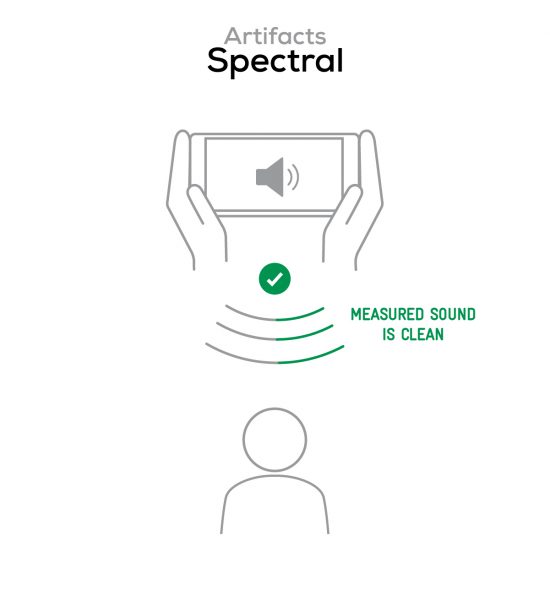
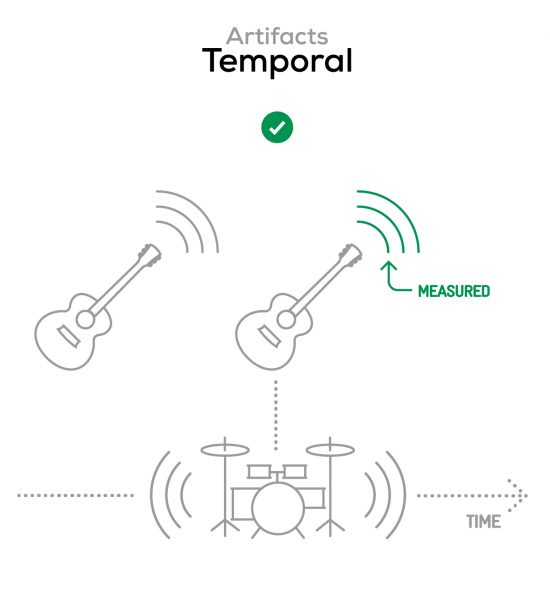
Recording
POCO F4 GT
160
DXOMARK engineers test recording by evaluating the recorded files on reference audio equipment. Those recordings are done in our labs and in real-life conditions, using default apps and settings.
As a recording device, the Poco F4 GT is quite versatile and performs consistently across use cases. It produces good tonal balance in all our test scenarios. In life video and selfie video, the tonal balance is very pleasing, although it could use more high-end extension. Because of a slight lack of high midrange, voices can sound slightly muffled. In dynamics, the envelope is correct with sharp plosives that ensure speech is intelligible. In the high SPL scenario, the envelope remains precise, but could be sharper with a little extra brightness in the tonal balance. The signal-to-noise ratio is well managed. In the spatial attribute, the Poco F4 GT produces a top-notch performance in life video. The audio scene is large enough and voices are easily pinpointed in the stereo field. Distance rendition is realistic. Worth noting: selfie video records in mono. Recording loudness is correct, another plus, and the F4 GT is basically artifacts free. It also handles background better than many comparable devices.
Here is how the Poco F4 GT performs in recording use cases compared to its competitors:

Timbre
POCO F4 GT
147
The Timbre score represents how well a phone captures sounds across the audible tonal range and takes into account bass, midrange, treble, and tonal balance. It is the most important attribute for recording.

Dynamics
POCO F4 GT
146
The Dynamics score measures the accuracy of changes in the energy level of sound sources, for example how precisely a voice's plosives (the p's, t's and k's, for example) are reproduced. The score also considers the Signal-to-Noise Ratio (SNR), for example how loud the main voice is compared to the background noise.
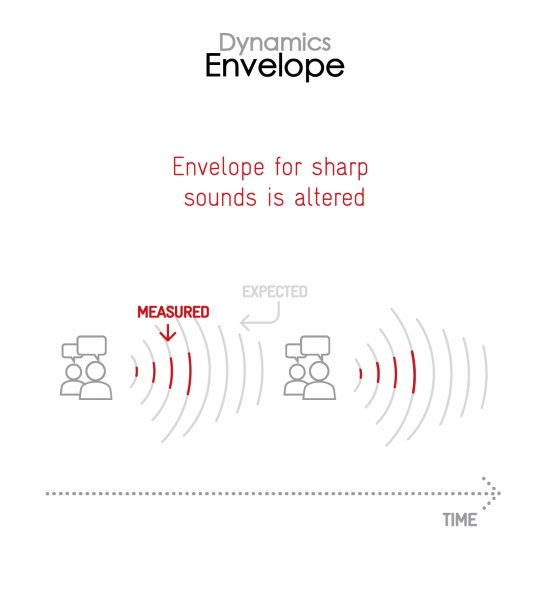
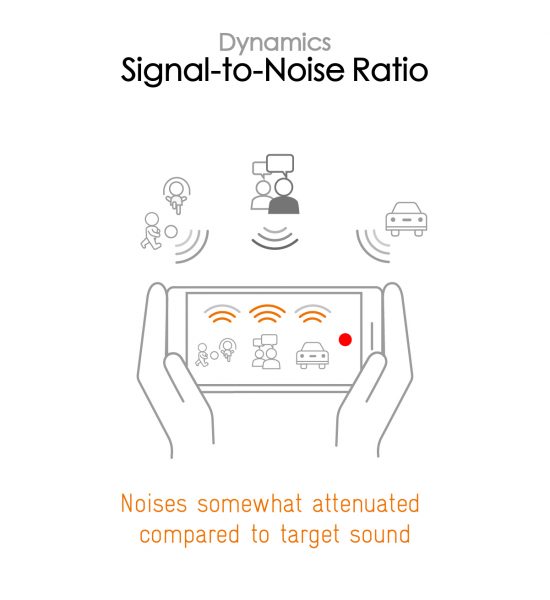

Spatial
POCO F4 GT
159
The sub-attributes for spatial tests include pinpointing a specific sound's location, its positional balance, distance, and wideness on the recorded audio files.
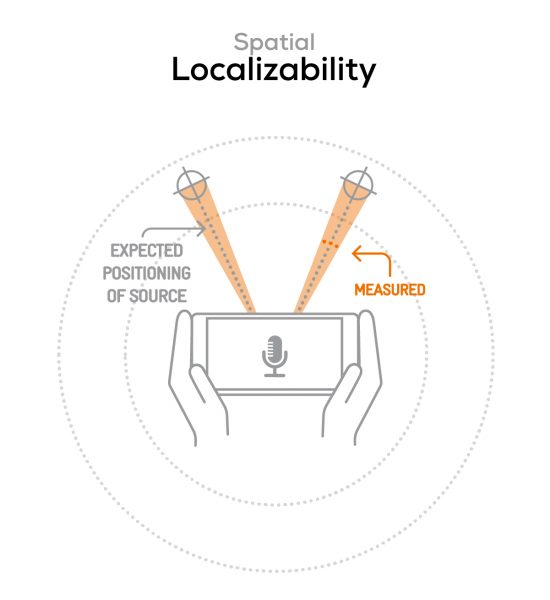
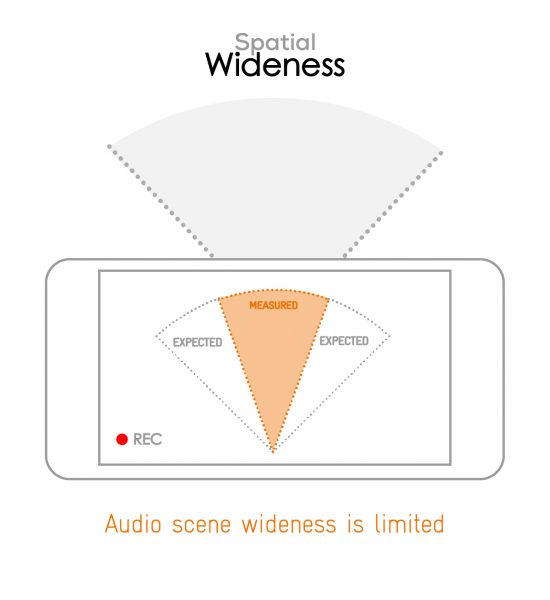

Volume
POCO F4 GT
170
The Volume score represents how loud audio is normalized on the recorded files and the how the device handles loud environments, such as electronic concerts, when recording.
| Meeting | Life Video | Selfie Video | Memo | |
| POCO F4 GT | -25.7 LUFS | -22.3 LUFS | -20.6 LUFS | -20.5 LUFS |
| Samsung Galaxy A53 5G | -26.1 LUFS | -22 LUFS | -20.8 LUFS | -21.4 LUFS |
| Xiaomi Redmi K40 Gaming | -27.7 LUFS | -20.2 LUFS | -18.9 LUFS | -21.7 LUFS |
The Artifacts score measures the extent to which the recorded sounds are affected by various types of distortions. The higher the score, the less the disturbances in the sound are noticeable. Distortions can occur because of sound processing in the device and the quality of the microphones, as well as user handling, such as how the phone is held.

Background
POCO F4 GT
166
Background evaluates how natural the various sounds around a voice blend into the video recording file. For example, when recording a speech at an event, the background should not interfere with the main voice, yet it should provide some context of the surroundings.
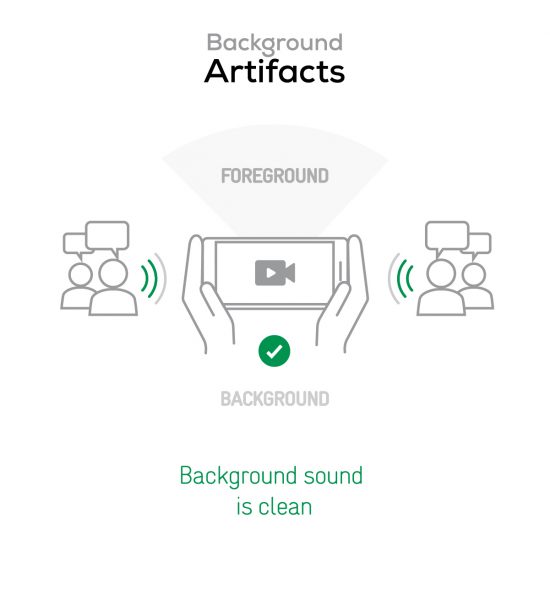
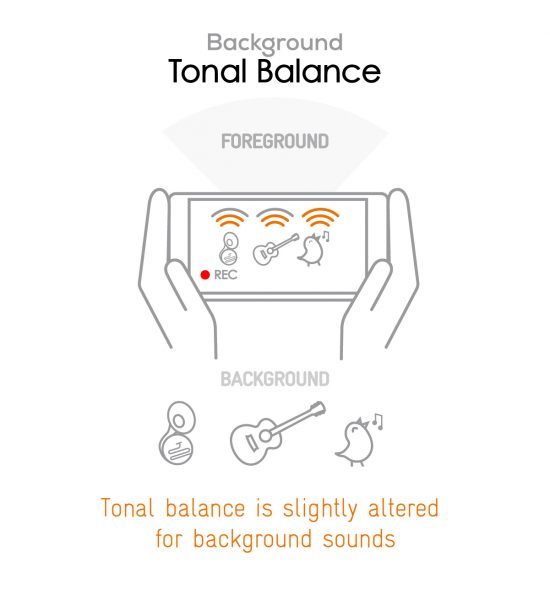


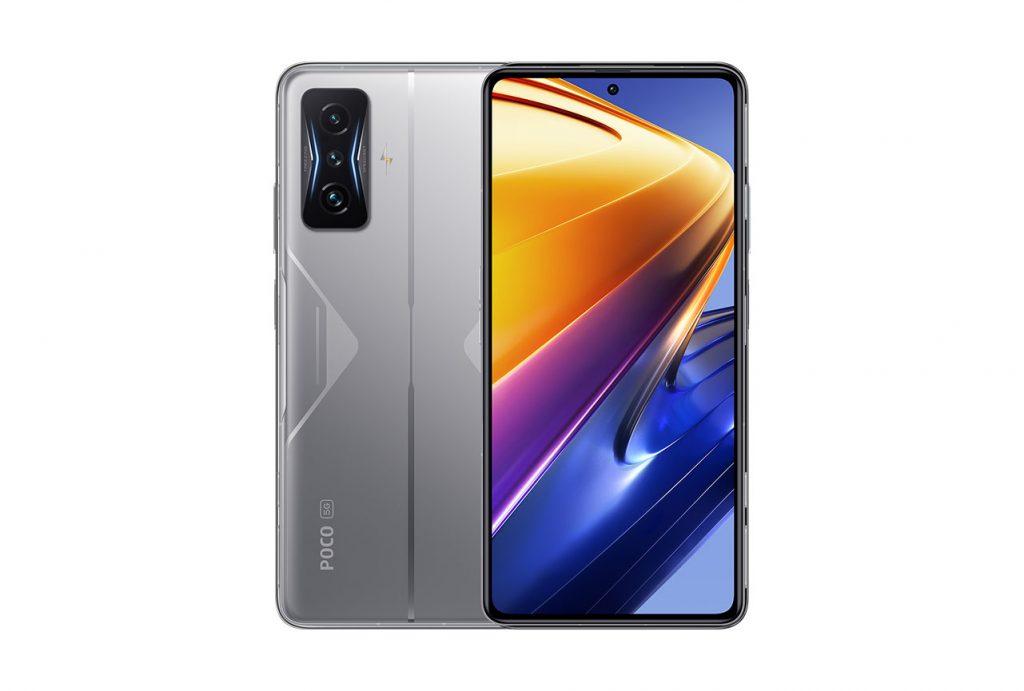

DXOMARK encourages its readers to share comments on the articles. To read or post comments, Disqus cookies are required. Change your Cookies Preferences and read more about our Comment Policy.